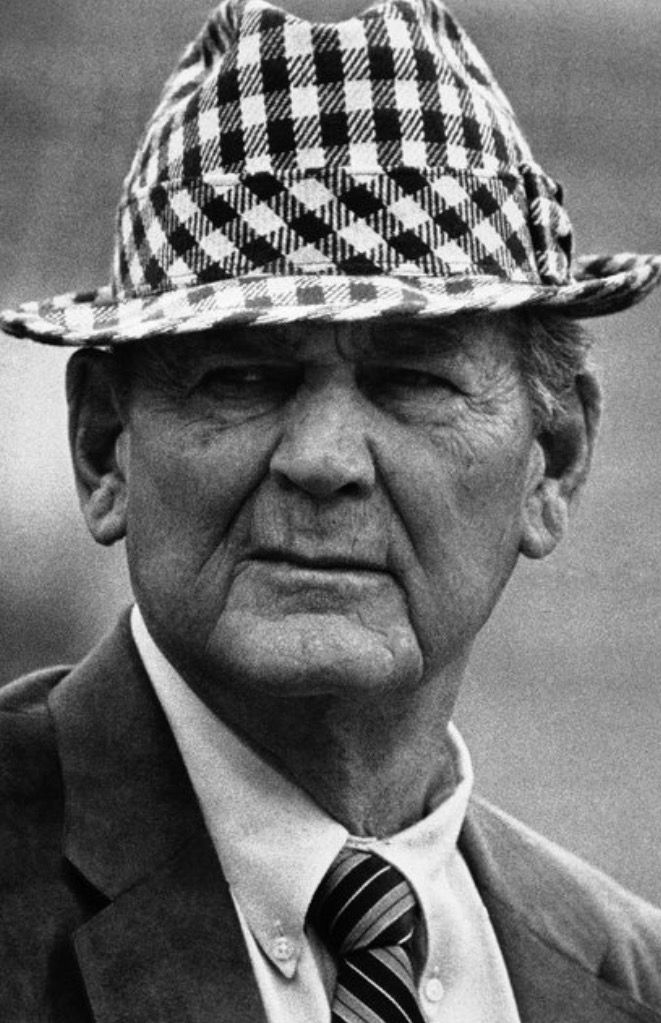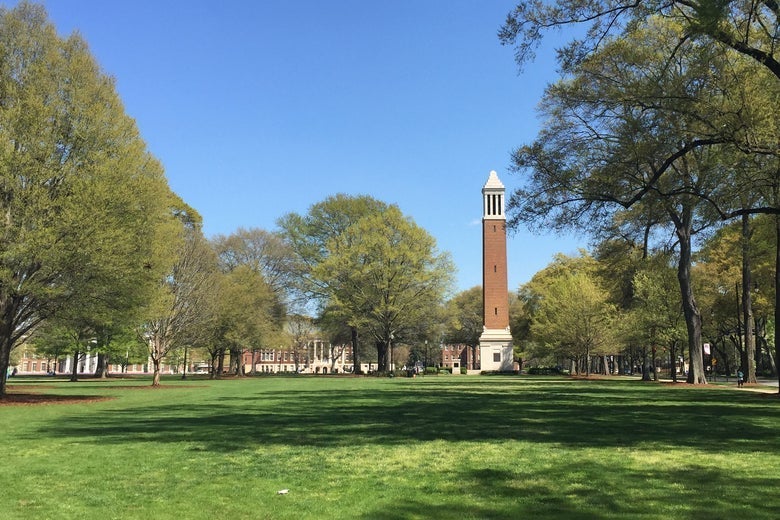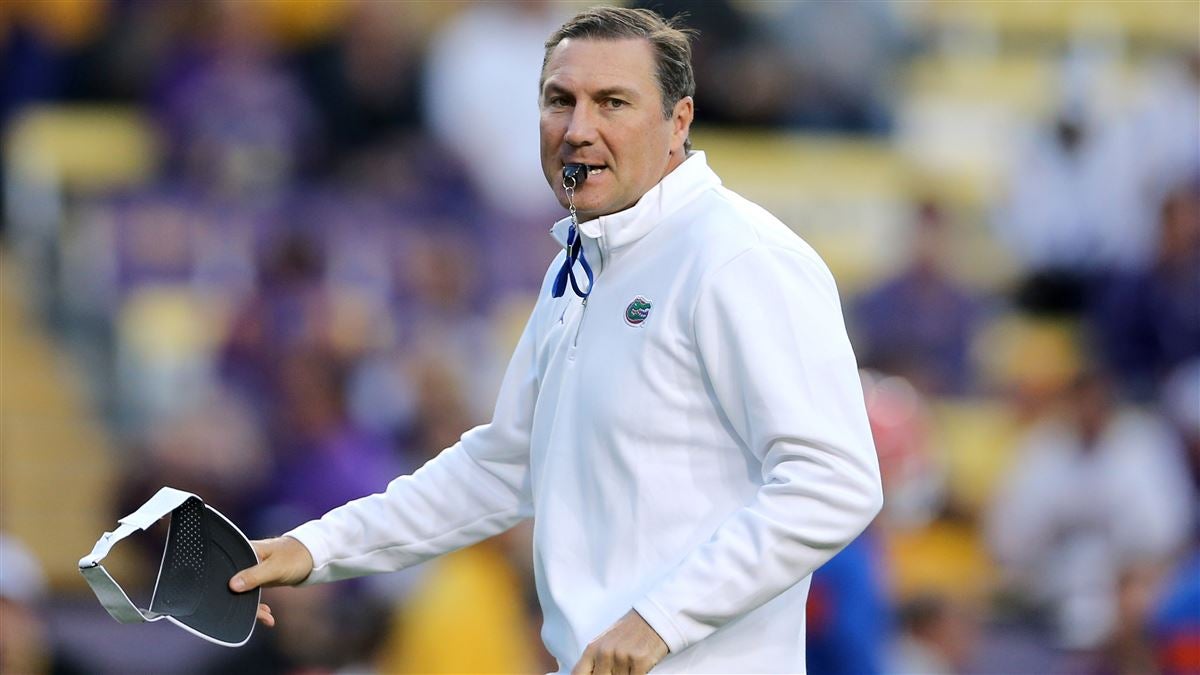American College Football is the grand cultural equalizer; a unique, truly American pastime that captivates our indomitable, and sometimes vexatious, winning spirit. From the onset, the king of sports has been a tough, bloody, daring contest typified by immovable strength, deceptive speed, singular talent, and of course—great coaching, with some of the finest athletes the country has to offer; and just like in the beginning, all the pretty girls want to date football players—the toughest, bravest and most alluring men on campus—those lettered and numbered participants who personify the pride and spirit of their alma mater and its far extending, spirited alumni. College football in its infancy during the hellish Civil War aftermath brought together otherwise highly divergent national institutions—the North and South—and gave them an opportunity to resolve their many differences on the playing field before a watching, fanciful crowd. Today, college football continues to be the grand equalizer; and it has a similar opportunity to reunite Americans torn by the cultural ravages of the dreaded Corona virus.
Presidential Prowess
More than one United States President played organized football. President Gerald R. Ford is perhaps the greatest football-playing Commander-In-Chief. Ford attended the University of Michigan and played center, linebacker and long snapper for the Wolverines en route to the 1932 and 1933 national championships. Known for his grittiness, Ford was named the team's most valuable player his senior year and went on to Yale where he studied law—and coached the football team. President Dwight Eisenhower played running back and linebacker at West Point. John Fitzgerald Kennedy was on the Harvard football squad. Richard Nixon played tackle at Whittier College. Reagan lettered at Eureka College, and more recently, Donald Trump played football at the New York Military Academy; all further evidence for the defining trait of football being the ultimate preparer for American leadership, notoriety and success.
A Cultural Rallying Point and Unifier
College football in America emerged amidst the painful aftermath of the Civil War. Our young country, once divided, was reunited by a bloody and costly ordeal. In many cases the struggle split families, pitting cousins and even brothers fighting against each other.
The South, subsequent to the capitulation of Lee’s Army at Appomattox, was humiliated in defeat. War-torn and tattered, the region of Southern states was faced with the realization that its self-proclaimed sovereignty had been usurped by the Union and replaced with a bevy of corrupt and sometimes black, carpetbagger governments.
The emergence of the game of football allowed these sectional differences between the North and the South—ones that remained long after the war was over, to be momentarily forgotten, and in some cases reconciled, on the playing field. In light of this, football was one of the few ties that bound otherwise highly divergent national institutions with a common experience and point of reference. It also proved to be a cultural awakening, as tailgating, with the advent of modern televised day games, flourished.
Tailgating...Replacing the County Fair
Tailgating has become a practiced art among football fans everywhere. The period of time prior to a gridiron contest is one in which the college football community comes together to enjoy themselves. Its roots are as fascinating as the game of football.
In the beginning, there was only college football. Professional football did not arrive on the sporting scene until the 1950’s, while the first college football game occurred between Ivy League schools Rutgers and Princeton in New Brunswick in 1869. Twelve years later, in 1881, the first college football game south of the Mason-Dixon Line occurred on bluegrass at Old Stoll Field in Lexington, Kentucky.
During the earliest days of the sport, food and football went hand in hand. It was customary for the fans of each team to engage in a wild fish and game supper before the contest and then to revisit the leftovers after the game where they relived the on-field exploits of the daring gridders.
And Then There Was Light
For years after the turn of the century until the advent of electric lighting and night football during the late 1920’s and early 1930’s, college football games were played during the day. Towering electric lamps and night games brought the practice of hosting all day football parties at fans’ homes where they congregated and hopped from house-to-house as the evening kickoff approached. Night games were a critical social development since they allowed for the working man to attend, for cooler game time temperatures and for men and women to dress up for the popular pre-game parties. Women wore their best dresses adorned with team-colored corsages while men donned spiffy coats, ties, derbies and fedoras.
These festive, pre-game jaunts continued unabated for nearly 40 years until daytime college football on TV pre-empted the house parties that were the norm. Along with much-needed athletic department revenue, TV coverage brought with it dreaded day football games, which precluded the practice of party hopping around town prior to the contest. The alternative to not house partying was simple to the legions of football fans weaned on pre-game festivities: Take the party to the stadium! Tailgating, the amalgam of food, friends, family and football, has become so popular that some fans enjoy it as much as the game itself—and that’s saying something in the football-crazed American heartland!
The Grand Equalizer and Unifier
Football also has a not-so scintillating past. Although Michigan had George Jewett in 1890 and Nebraska George Flippin in 1891, until the late 1960's black players were disallowed in the South. Not until Kentucky's Nat Northington played in September 1967, was the racial barrier razed; and in that way college football has served to successfully integrate college sports, higher education and society while unifying a multi-cultural fan base bent on its duration.
It has been said that football is war—without the killing. This fall, when America comes together outside and inside the wailing cathedrals of college football—the biggest outdoor playing venues in the country, it will be prolonging a longstanding, unifying multi-cultural tradition that continues to define, and redefine its preeminence as the world superpower with a rich and storied winning history of gridiron competition, racial equity and social unity.
###
*Portions of the above article were excerpted from “Tailgater's Guide to SEC Football” Volume Five Collector's Edition by Chris Warner, author. Copyright 2020.








